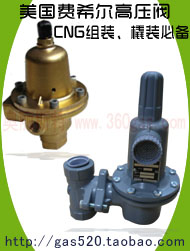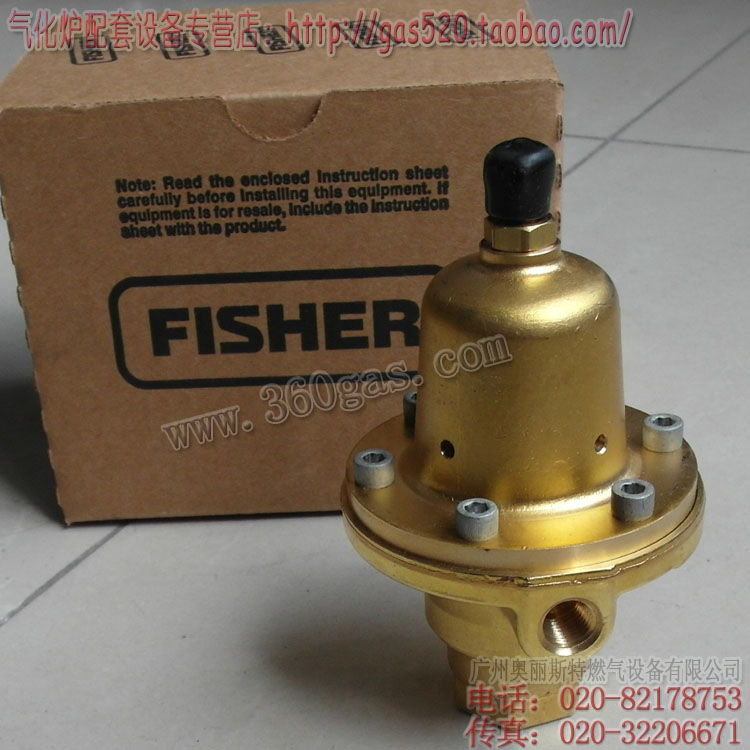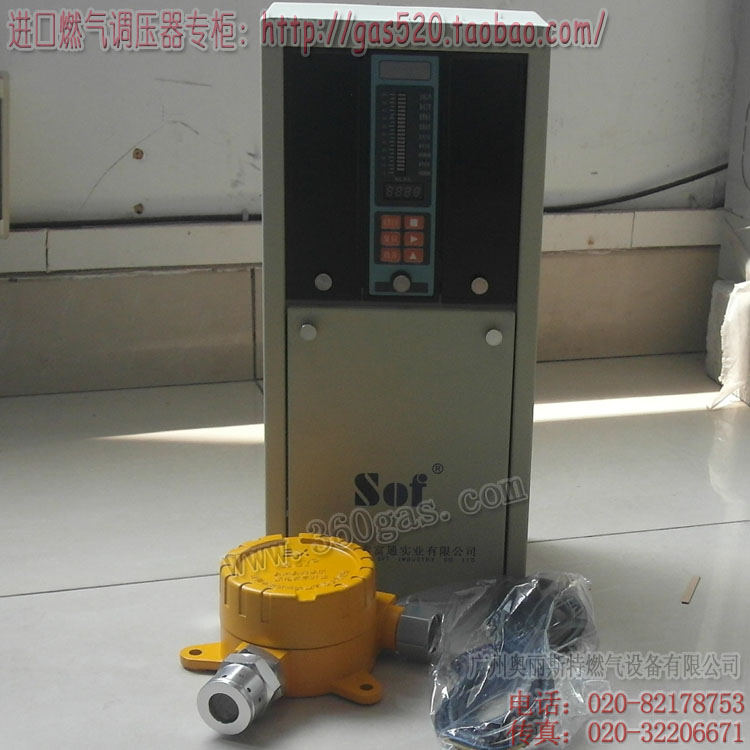位置:首页 > 燃气资讯 > 伽利略Cryobox纳米站拓宽范围L
伽利略Cryobox纳米站拓宽范围LNG加油/Galileo Cryobox Nano Station Broadens Scope for LNG Refuelling
浏览次数 1195 , 日期 2013-05-14 , 燃气设备 加入收藏

Buquebus液化天然气为动力的多体船渡轮 - 洛佩斯·梅纳(图片提供:INCAT公司)
将燃料七Cryobox®LNG纳米站,设计和制造由伽利略和乌拉圭运输公司Buquebus(“总线船”)委托的“洛佩斯·梅纳'坦克,是世界上第一高的速度客运滚装船舶动力燃气轮机美联储对液化天然气(LNG)。渡轮将作出每天口岸阿根廷和乌拉圭之间的河床。
根据伽利略,这将是第一次的海洋运输公司像Buquebus成为其自身的燃料供应商。伽利略开发并获得专利,Cryobox LNG生产技术与经济实惠的加油解决方案提供规模较小的公司,开放进入到这种清洁环保能源。
到目前为止,LNG生产是负担不起私人业务的公司有兴趣在一个干净的燃烧,成本低,重量轻,替代能源。只有石油和天然气主要出口国能买得起和管理复杂的价值链和设施所必需的生产和交付。
纳米LNG站cryobox克服这些障碍,通过具有成本效益的解决方案,其特征在于由高压天然气转换成液体的热力学循环,通过冷却其温度低于-153℃。有一个可定制的LNG产能,它可以达到每日12吨(吨每天)或7000加仑(加仑每天)的高峰期。这是一个小规模的移动和包装LNG生产厂,这是准备运在拖车上的任何地方,立即启动。
一起工作,七Cryobox纳米站将能够生产84吨╱日或交付的LNG 49,000 GPD到Buquebus码头。100米的洛佩斯·梅纳将是最大的双体船由河床水域Buquebus经营。INCAT塔斯马尼亚造船私人有限公司,总部设在澳大利亚霍巴特,可谓速度最快,环保清洁,最高效,高速渡轮在世界上。
950名乘客和大约156辆的能力,它具有预计空船速度为53海里,和运行速度50节。客舱包括旅游,商务舱和头等舱座位。在霍巴特推出2012年11月17日,它是第一个建造的高速船采用燃气轮机使用液化天然气作为主要燃料和海洋馏分待机及配套使用的高速船(HSC代码)根据英国安全守则。
伽利略描述的Cryobox出现在一个新时代的生态可持续发展的重型运输作为一个巨大的进步。“在这个挑战的®加利略Cryobox的技术的整合将展示,液化天然气是的最适合和最干净的电源替代长途车;运输船队;巴士,船舶,驳船和轮渡;和铁路机车,当长距离应该被覆盖,即使广泛分散赔率加油。由于LNG具有优越的能量密度比任何其他柴油的替代品,它是可以收取更多的燃料,以在同一水箱覆盖更长的距离,“奥斯瓦尔多·坎波说,伽利略首席执行官。
Seven Cryobox® LNG nano stations, designed and manufactured by Galileo and commissioned by Uruguayan transport company Buquebus (“boat bus”) will fuel the tanks of the ‘López Mena’, the world’s first high speed passenger RO-RO ship powered by gas turbines fed on Liquefied Natural Gas (LNG). The ferry will make daily crossings of the River Plate between Argentina and Uruguay.
According to Galileo, it will be the first time that a sea transportation company like Buquebus becomes its own self supplier of a fuel. Developed and patented by Galileo, Cryobox LNG production technology provides smaller companies with affordable refuelling solutions, opening up access to this clean environmentally friendly energy source.
So far, the production of LNG was unaffordable for private business companies interested in a clean burning, low-cost and light weight alternative source of energy. Only oil & gas major exporting countries could afford and manage the complex value chain and facilities necessary for its production and delivery.
Cryobox nano LNG station overcomes these hurdles through a cost effective solution, characterized by a high-pressure thermodynamic cycle that converts natural gas into liquid by cooling its temperature below -153 °C. Having a customizable LNG production capacity, it can reach a peak of 12 tpd (tons per day) or 7,000 gpd (gallons per day). It is a small-scaled mobile and packaged LNG production plant, which is ready to be shipped anywhere on a trailer for immediate start-off.
Operating together, the seven Cryobox nano stations will be able to produce 84 tpd or 49,000 gpd of LNG for delivery to the Buquebus wharf. The 100 metre ‘López Mena’ will be the largest catamaran operated by Buquebus on the River Plate waters. Shipbuilder Incat Tasmania Pty Ltd, based in Hobart Australia, described as the fastest, environmentally cleanest, most efficient, high speed ferry in the world.
With capacity for 950 passengers and approximately 156 cars, it has a projected lightship speed of 53 knots, and an operating speed of 50 knots. The passenger cabin will include tourist, business and first class seating. Launched in Hobart on November 17, 2012, it is the first high speed craft built under the British Code of Safety for High-Speed Craft (HSC code) powered by Gas Turbines using LNG as the primary fuel and marine distillate for standby and ancillary use.
Galileo describes the advent of the Cryobox as a huge step in a new era of eco-sustainable heavy duty transportation. ‘The integration of Cryobox® Galileo’s technologies in this challenge will demonstrate that LNG is the most suitable and cleanest power alternative for long-haul trucks; delivery fleets; buses; ships, barges and ferries; and railroad locomotives, when long distances should be covered, even when the odds of refueling are widely scattered. Since LNG has a superior energetic density than any other diesel substitute, it is possible to charge more fuel to cover longer distances in the same tank,’ said Osvaldo del Campo, CEO of Galileo.








